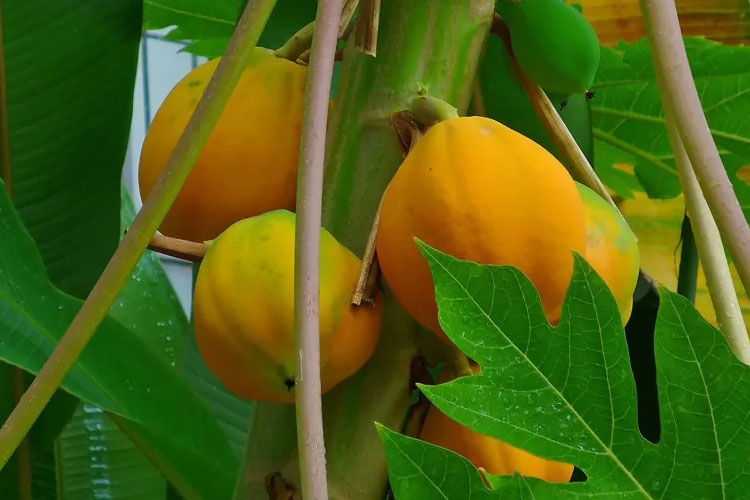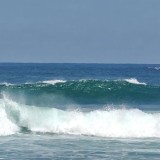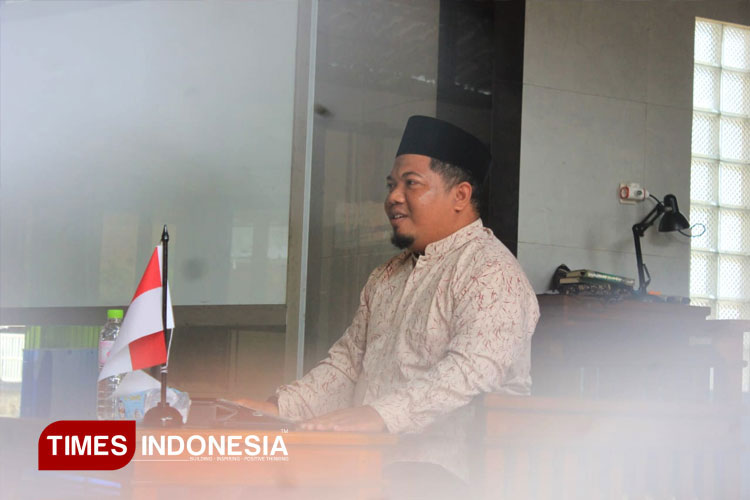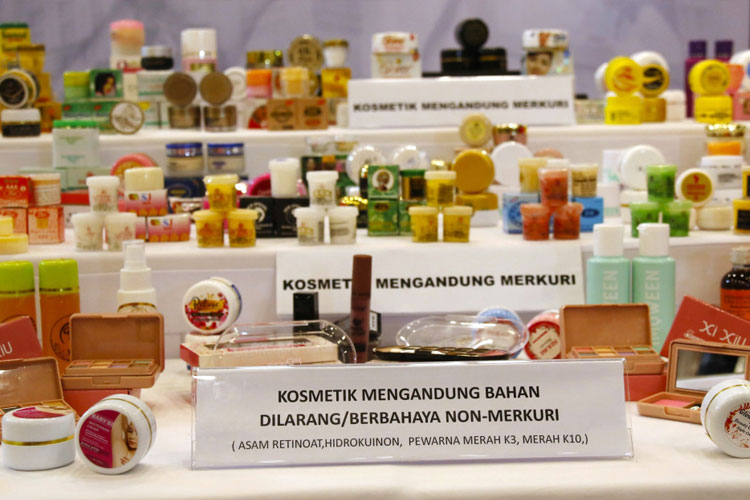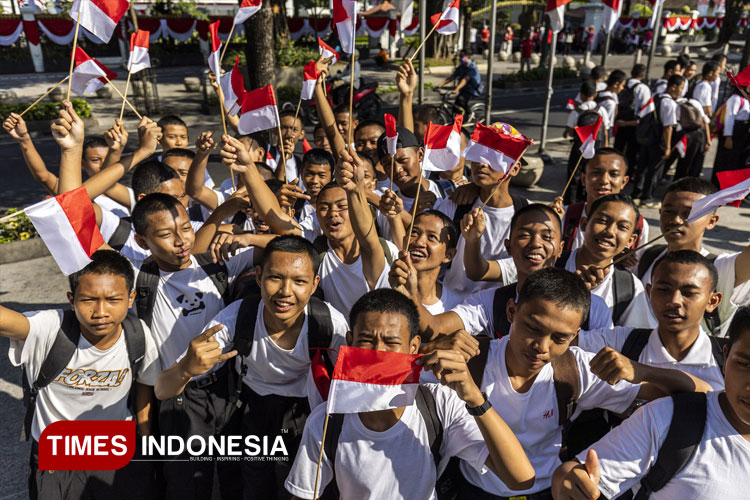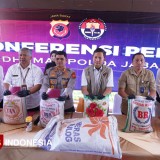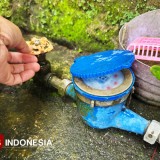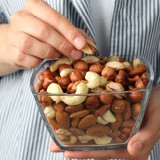TIMES SINGAPORE, JAKARTA – The Dieng Plateau in Central Java, Indonesia, is renowned not only for its breathtaking volcanic landscape and cultural heritage, but also for its unique agricultural products. Among them, Carica often referred to as Dieng papaya holds a special place.
Though resembling the tropical papaya (Carica papaya), this fruit is actually a highland species known scientifically as Carica pubescens (or Carica candicans in some sources), and it thrives exclusively in cooler, high-altitude environments such as Dieng.
A Highland Exotic: What is Carica?
Carica is a fruit-bearing plant from the highlands of South America, particularly the Andes region in countries like Ecuador, Bolivia, and Peru. Brought to Indonesia by the Dutch during colonial times, it found a perfect new home in the Dieng Plateau, which sits at around 2,000 meters above sea level.
The cold temperatures and fertile volcanic soil of Dieng create ideal conditions for Carica to grow, while other regions in Indonesia being too warm cannot support its cultivation.
This small, soft fruit resembles a miniature papaya in appearance but differs in taste and texture. It has a vibrant orange flesh with a sweet, slightly tangy flavor and a fragrant aroma.
Unlike papaya, Carica is rarely eaten fresh due to its astringent taste when raw; instead, it's usually processed into sweet preserves, jams, juices, or syrup-packed fruit snacks.
Cultivation and Local Economy
In Dieng, Carica cultivation has become an integral part of the local agricultural economy. Smallholder farmers grow the plants on terraced fields along with other crops like potatoes and cabbages. The fruit harvest typically peaks between May and August, when the cool weather supports fruit ripening.
The farming, however, is not without its challenges. “Carica plants require special care. They are sensitive to temperature and humidity. But if treated well, the results are very promising,” explained Sutarno, a local farmer who has been cultivating the fruit since 2005.
His words reflect the experience of many local growers who have committed themselves to maintaining the delicate balance needed to produce high-quality Carica.
Once harvested, Carica is brought to small home industries or cooperative factories where it is peeled, seeded, and cooked in sugar syrup. This process not only softens the flesh and enhances its sweetness but also extends its shelf life, making it a popular souvenir for tourists visiting Dieng.
Many micro, small, and medium enterprises (MSMEs) in the area depend on Carica processing as a key source of income. Some brands have even succeeded in exporting it preserves to other regions of Indonesia and abroad, showcasing the economic potential of this highland fruit.
Cultural and Culinary Significance
For locals, this fruit is more than just a fruit — it is a symbol of Dieng’s identity. It frequently appears in culinary offerings and festivals. In traditional markets, vendors proudly promote it as “Buah Carica Asli Dieng” (Authentic Dieng Carica Fruit), reinforcing the geographic uniqueness of the product.
Processed Carica is often served chilled in syrup, making it a popular dessert during family gatherings or special events. Its refreshing taste makes it especially enjoyable for visitors after a day of exploring Dieng’s temples, crater lakes, and steaming geothermal spots.
Challenges and Sustainability
Despite its popularity, Carica faces several challenges. The limited growing zone restricts production volume, and pests and diseases can impact yields. Additionally, climate change poses a long-term threat, as warming temperatures could affect the cool conditions required for the plant to thrive.
To address these challenges, local agricultural groups and the Indonesian government have begun supporting sustainable farming practices, improved processing methods, and market expansion strategies.
This includes training farmers on organic cultivation and promoting the fruit as a Geographical Indication (GI) product, a label that could further protect its authenticity and increase its market value.
Carica is one of Dieng’s most cherished natural gifts — a rare highland fruit that reflects the region’s rich agricultural diversity and cultural heritage. From humble terraced farms to syrupy delights enjoyed by tourists, it continues to support livelihoods and delight palates, all while growing quietly on the cool slopes of the Dieng Plateau.
As interest in local and exotic foods continues to grow, Carica has the potential to shine not just as a regional specialty, but as a symbol of how traditional crops can thrive in harmony with nature and culture.
Let me know if you'd like a version in Indonesian or want this designed for a brochure or school project!
Artikel ini sebelumnya sudah tayang di TIMES Indonesia dengan judul: Carica of Dieng Plateau: The Highland Papaya Treasure of Indonesia
| Writer | : Khodijah Siti |
| Editor | : Khodijah Siti |
